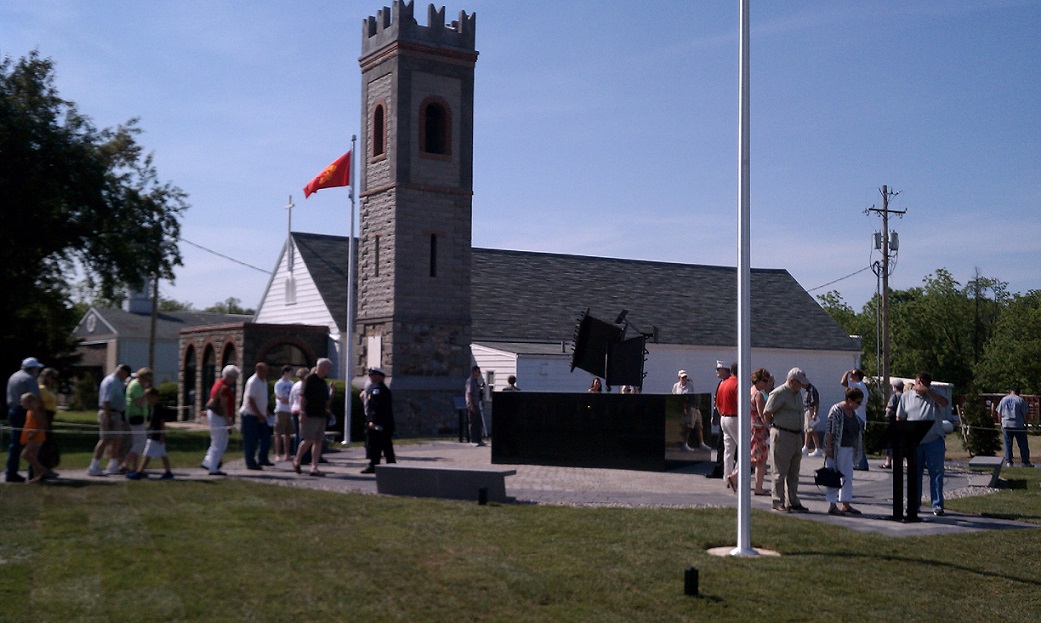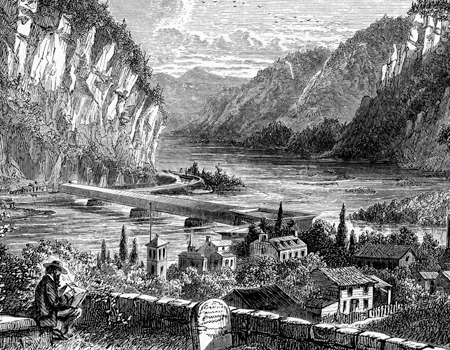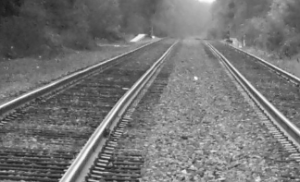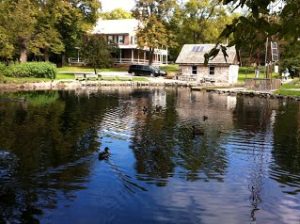Approaching Letterkenny Chapel, the bell tower, the quoin- brickwork, and the curved arches draws the eye because it is a different. It is not typical for the Cumberland Valley. With a second look, it is easy to see the Italian inspiration in the design, but how and why is a church of Italian architecture here? It is an amazing piece of Franklin County and American history.
Before America entered World War II, the U.S. military sought locations for ordinance depots. Letterkenny Township in Franklin County PA was selected because of its proximity to the Atlantic seaboard and Washington DC. The depot displaced about 1000 of the 70,000 county residents, and took 21,000 acres of farmland. U.S. Secretary of War Henry Stinson issued the directive to establish Letterkenny Ordinance Depot on December 18, 1941, just days after the attack on Pearl Harbor. By September 1942, the depot was in operation.
After Italy surrendered in September 1943, 1250 repatriated Italian prisoners of war came to Letterkenny Depot. These men missed their home and loved ones. They turned to their faith and sought support of the clergy, who suggested channeling their energy into something positive. Using materials from the farmhouses and barns removed from the land to build the depot, the repatriated Italian POWs built Letterkenny Chapel, inspired by the churches of their homeland.
Today, the Italian-style chapel stands as a reminder of something very good that came out of a very difficult time in the world. It links two places, once enemies, to a shared history and memories.
Letterkenny Chapel is maintained by the United Churches of Chambersburg and is adjoined by the Franklin County Veterans and 9/11 Memorial Park, which are the launching point of the Franklin County Military Trail of History. Each year, four services are held at Letterkenny Chapel—Armed Forces and POW/MIA Day Service in May, the 9/11 Remembrance Service in September, Veterans Day Service in November, and Christmas Eve Service in December.










 Underground Railroad
Underground Railroad


